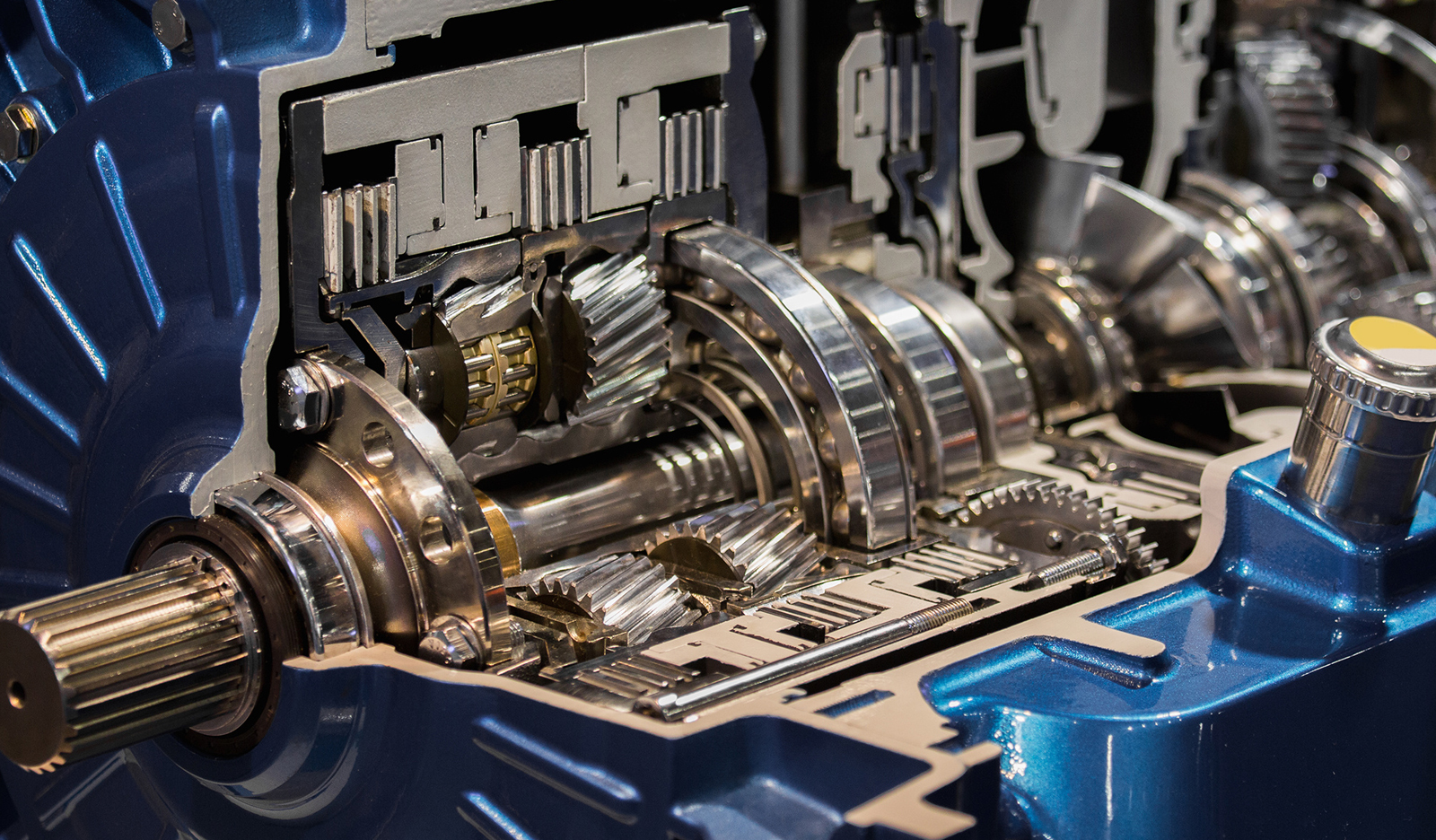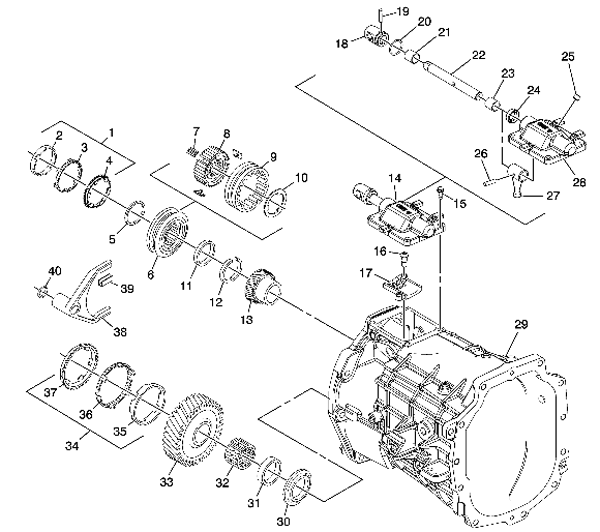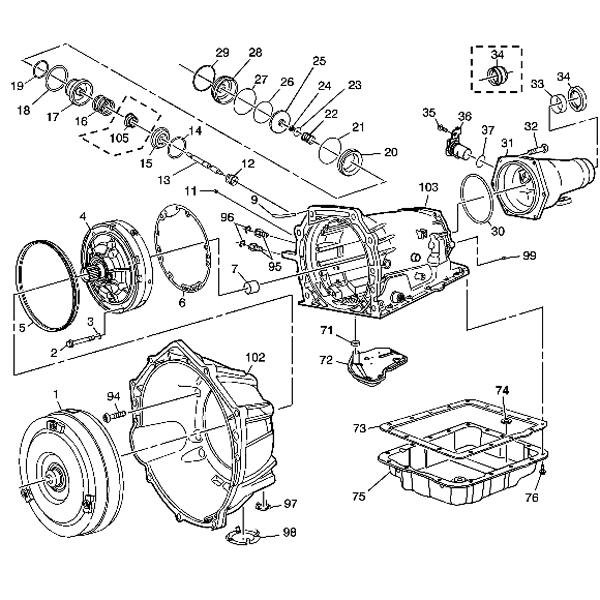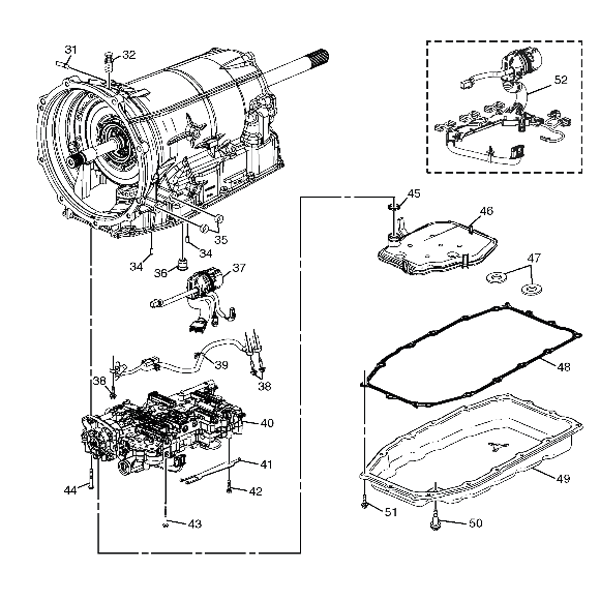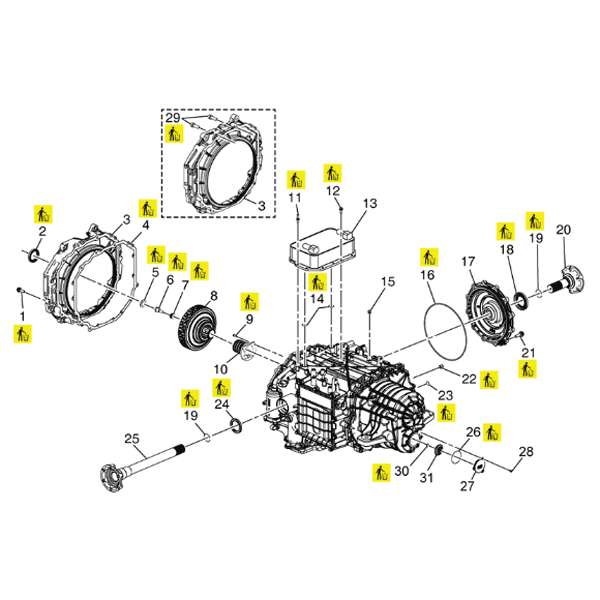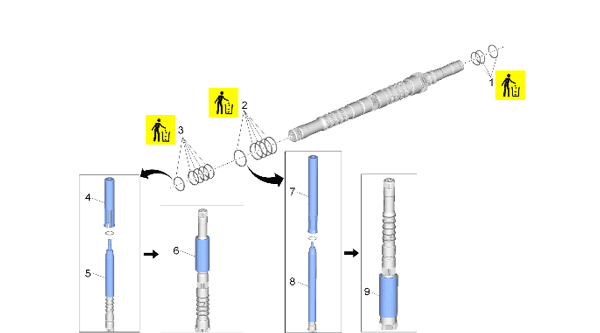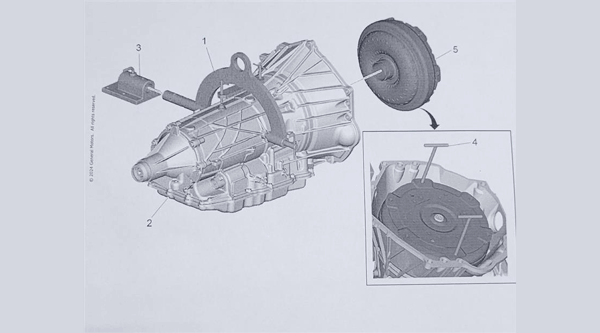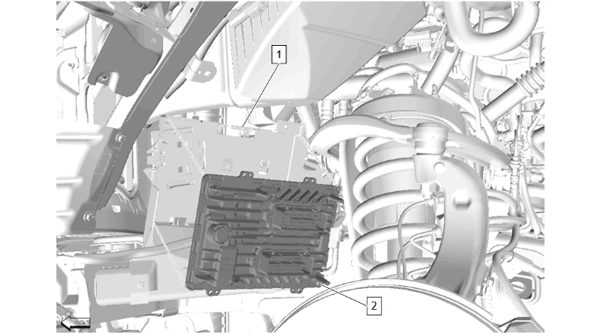
Dual Clutch
This transmission uses two different clutches, one clutch operates the even gears (2, 4, and 6), while the other clutch operates the odd gears (1, 3, 5, and reverse). Today’s dual-clutch automated manual transmissions may sometimes also be called a “double-clutch transmission” or “twin-clutch” transmission, as a computer controls the shifting and maintains the clutch, thus filling in the gap between manual and automatic transmissions.








